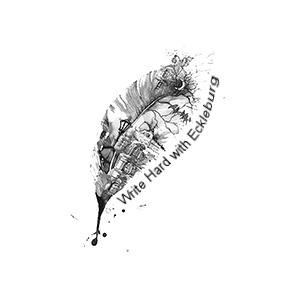Alliteration is the repetition of initial identical consonant sounds or any vowel sounds in successive or closely associated syllables, especially stressed syllables” (A Handbook to Literature). It is a rhetorical device used in both prose and poetry to create lyricism and fluidity in language.
Alliteration is the repetition of usually initial consonant sounds through a sequence of words—for example, “While I nodded, nearly napping” in Edgar Allan Poe’s “The Raven. (The Norton Anthology of World Literature)
Origin of Alliteration
early 17th cent.: from medieval Latin alliteratio(n-), from Latin ad- (expressing addition) + littera ‘letter.’ (New Oxford American Dictionary
Alliteration Writing Exercise
Choose a paragraph or stanza from a work you’ve already written. Create a new document and rewrite this paragraph or stanza with repeated beginning vowels or consonants. As you choose the repeated vowel or consonant, consider the tone of the section. Do you want the repetition to be in harmony with or conflict with the overall tone of the section?
Submit Your Work for Individualized Feedback
Please use Universal Manuscript Guidelines when submitting: .doc or .docx, double spacing, 10-12 pt font, Times New Roman, 1 inch margins, first page header with contact information, section breaks “***” or “#.”
Sources
A Handbook to Literature
“Cogito et Histoire de la Folie.” Jacques Derrida.
Eats Shoots and Leaves: The Zero Tolerance Approach to Punctuation
The Elements of Style.
New Oxford American Dictionary
The Norton Anthology of World Literature
The Norton Introduction to Philosophy
Woe is I: The Grammarphobe’s Guide to Better English in Plain English
Writing Fiction: A Guide to Narrative Craft
Writing the Other

